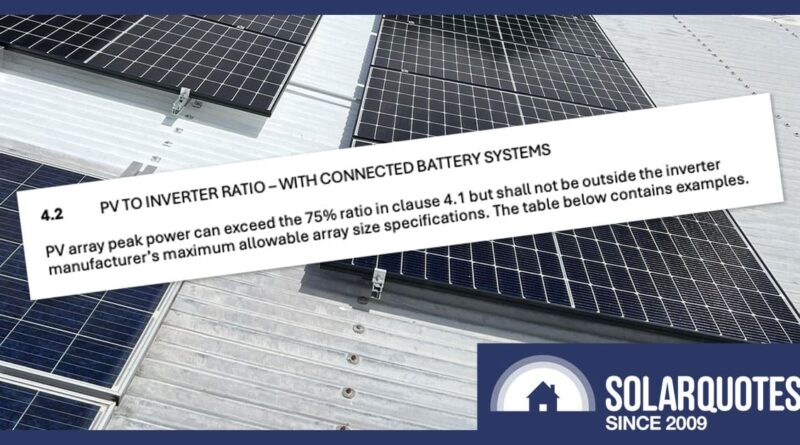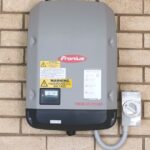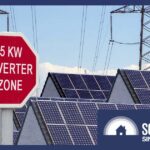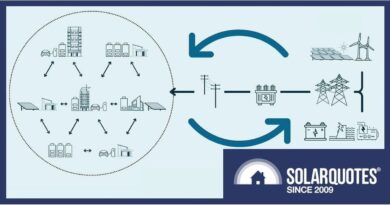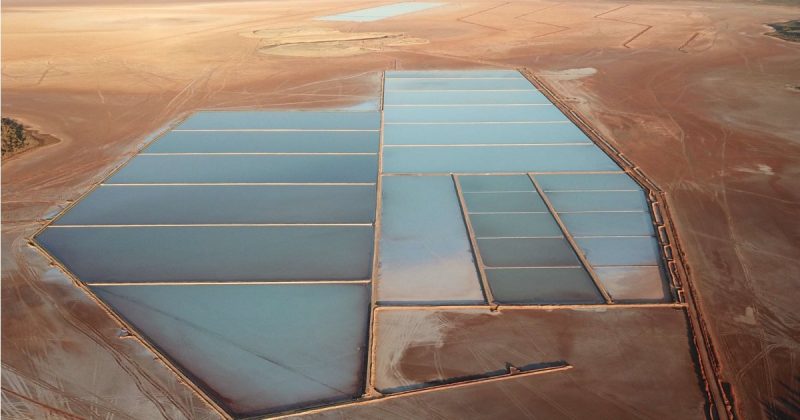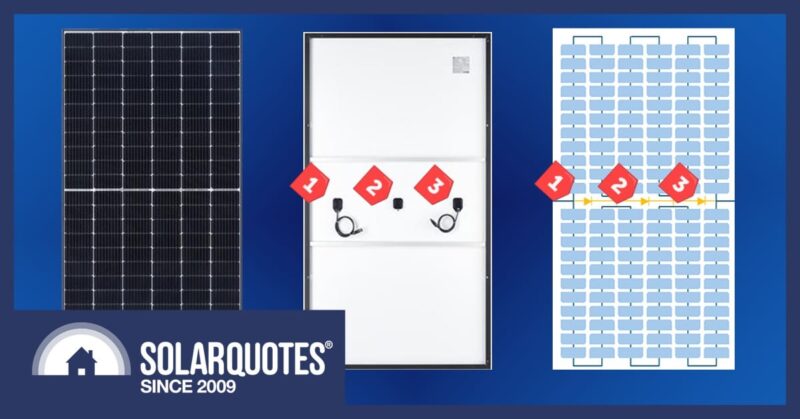The Secret To Breaking Australia’s 6.6kW Solar Barrier: Add A Battery
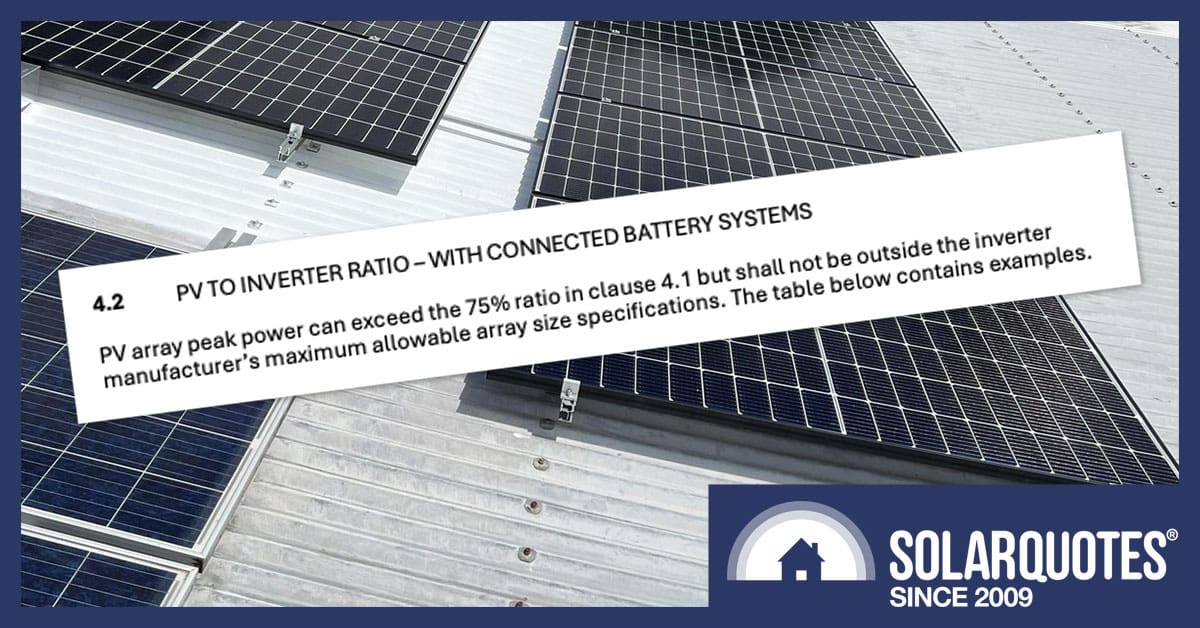
Solar Accreditation Australia (SAA) has just dropped version 1.3 of their solar installation guidelines, and the good news is that they’ve tweaked the rules in Section 4, making it easier to oversize your solar setup without having to tell porky pies.
The new SAA guidelines modify the longstanding “0.75 rule” that your solar inverter’s capacity (in kW) must be at least 75% of your solar array size. Or, to put it more intuitively, the rule that your solar array size can’t be more than 133%1 of your inverter capacity. That’s why you see so many 5 kW inverters with 6.6 kW of solar panels attached. 5kW x 1.33 = 6.65 kW.
Previously, the rules said you could exceed the “0.75 rule” if you had a DC-coupled solar battery. The idea is that even if your potential output was curtailed by the AC capacity of the inverter, extra solar power could bypass the solar inverter and charge a battery directly.
However, the rules implied solar with an AC-coupled battery could not break the 0.75 rule. That’s a bummer if you have, for example, a Tesla Powerwall 2 and want a nice big solar array to charge it all year round.
But thanks to the latest rules change, you can now exceed the 75% rule with AC or DC-coupled solar battery systems as long as the inverter manufacturer allows it.
Manufacturers commonly allow 150% or 200% oversizing of solar, so it shouldn’t be unusual for a 5kW inverter to have a 7.5kW or 10kW array. If you’re really mad then I think SolarEdge will even handle 300%
Pragmatists Have Been Doing It Anyway
While an AC-coupled battery didn’t qualify, some electricians sought clarity from SAA’s predecessors, the Clean Energy Council and STC fraudbusters, the Clean Energy Regulator, neither of whom were interested. I know of at least one installer who browbeat the authorities into providing documented proof that oversizing didn’t apply to systems using the Tesla Powerwall 2.
However, others have asked about different brands using a similar architecture and received different advice.
The upshot has been that solar-rebate (STC) forms are filled out with the battery box ticked off, a serial number added, rebates paid, and no questions asked.
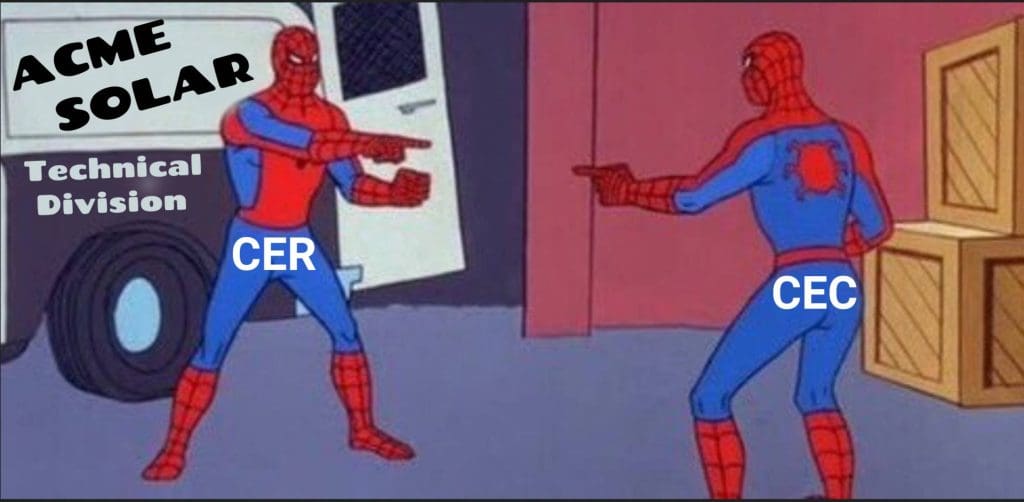
I have the emails to prove this assertion
A Little History
In 2002, the Business Council for Sustainable Energy published a good practice book with rules of thumb for inverter sizing. This was before standards existed for solar installation, so because Solar PV was incredibly expensive, it was thought you shouldn’t load too many panels onto an inverter or regulator.
The 0.75 ratio was a guideline to ensure that this really expensive glass wasn’t wasted and that the systems would perform properly.
“For some stupid reason this became a RULE!!!”
– Glen Morris
BCSE Standards, Training & Accreditation committee member.
Solar Is Now CHEAP
People used to worry about the efficient use of glass on the roof, because solar PV was $5 per watt. Now that wholesalers are ringing me to offer respected brand name panels for 19 cents per watt, it really doesn’t matter where you point them, just so long as they’re not totally shaded.
Where The Devil Did 6.66/5kW Combo Come From?
As mentioned, the 0.75 rule led to 6.6 kW arrays with 5kW inverters becoming the most popular size for many years. But where did the 5kW inverter limit come from?
Network companies have insisted on export limits of 5kW per phase for many years, so at any given instant, you couldn’t drive more than 5kW (or about 22amps) back into the grid. This was achieved by consumption monitoring, applying a throttle to large systems, or using a 5kW inverter.
By moving to flexible/dynamic control, many networks are starting to lift this hard limit to 10 kW of inverter power, allowing 20 kW plus of solar panels on a single-phase inverter if you have a battery. Now we’re talking.
Now AC & DC Batteries Both Officially Comply
Whether you’ve got an AC coupled or DC coupled battery, you can now oversize your system with solar to your inverter’s limits. This means you can push your yield further and claim STC credits on all the panels legally, no matter what kind of battery you’re using.
The new rules are live as of June 21, 2024 so you can get straight into installing big solar battery systems without breaking any archaic network rules.
Footnotes
- 133% = 1.33 = 1 divided by 0.75 ↩
Original Source: https://www.solarquotes.com.au/blog/6-6kw-solar-barrier-add-battery/

